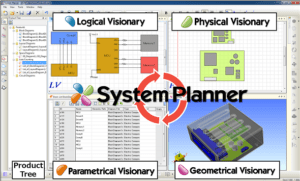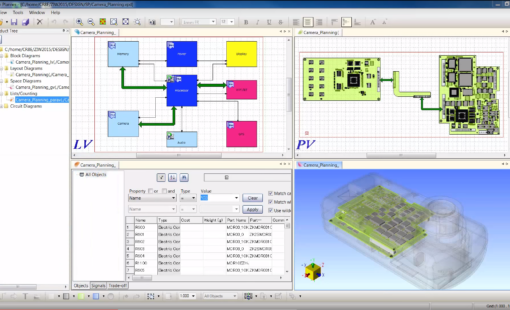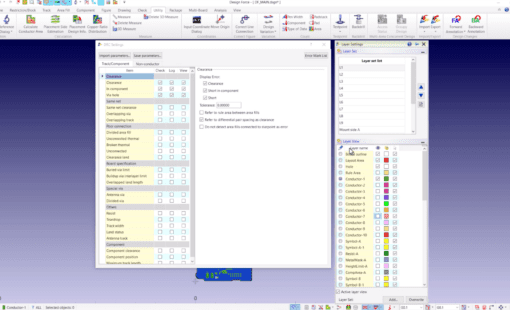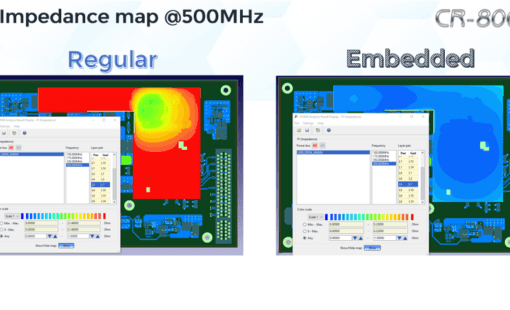Enhancing Electronic Product Development Through Requirements-Aware Design
In today’s rapidly evolving technology landscape, electronic products are increasingly complex, posing new challenges for design engineers. To address these challenges, adopting system-level design and digital engineering methodologies is imperative.
These innovative design paradigms take a holistic approach to product development by decomposing it into subsystems. Among these subsystems, architectural elements such as printed circuit boards (PCBs), cables, enclosure data (mechanical), and boot loader software play a vital role. When considering the usage within a PCB data subsystem, the architectural requirements introduce unique specifications and functionalities, demanding careful analysis, verification, and traceability within the electrical design process.
An Optimized Architecture is Critical
Optimizing architecture before moving into the detailed design stage has never been more important. Moreover, starting detailed design with a flawed architecture can result in significant schedule delays, cost overruns, and even project cancellations. To overcome such challenges, it is necessary to analyze the design architecture and its specific requirements from a system-level perspective. This requirements-aware design approach allows design engineers to gain a comprehensive understanding of the design constraints and identify potential gaps or conflicts early on.
However, sometimes, constraints may interfere with meeting certain requirements, like cost, for example. At this point, revisiting the architecture proposal provides an opportunity to make informed decisions and explore alternative solutions. Design engineers can eliminate the need for costly downstream design changes by identifying unachievable design requirements during architecture verification. Using this process helps to reduce the overall project risk and improves time-to-market.
Empowering Design with CR-8000 System Planner
To facilitate this requirements-award design process and empower design engineers to make informed decisions, Zuken offers CR-8000 System Planner. This robust multi-discipline architecture design and optimization tool provides a comprehensive platform for exploring the architecture optimization process. Additionally, the System Planner tools integrate functional design, PCB planning, space planning, and parametric targets, providing a holistic approach to system-level design. Its powerful features enable design engineers to maximize team collaboration, enhance design efficiency, and make well-informed design trade-offs.
CR-8000 System Planner allows design teams to examine different architectural options and assess their feasibility based on functional requirements and space constraints. By exploring multiple design alternatives, design engineers can evaluate trade-offs and select the optimal architectural configuration. The tool facilitates collaboration among team members, allowing for seamless integration of various design aspects. Furthermore, design engineers can work together to validate the architectural choices, analyze the impact of design decisions, and ensure the successful implementation of the design requirements.

Requirements-Aware Design Facilitates Collaboration
By leveraging the capabilities of CR-8000 System Planner, design teams can effectively streamline the design process and enhance design outcomes. The tool enables close collaboration among team members, seamlessly integrating various design aspects. Design engineers can explore different architectural options, assess feasibility, and optimize the design based on functional requirements and space constraints. Lastly, through this iterative process, the design team can make well-informed decisions, avoiding costly rework and maximizing the efficiency of the design process.
Conclusion
In the ever-evolving landscape of electronic product development, requirements-aware design and optimization is indispensable. Zuken’s CR-8000 System Planner empowers design teams to navigate the complexities of architectural design, ensuring successful outcomes and meeting the demands of modern electronic systems. By adopting a systematic approach and leveraging advanced tools, design engineers can achieve design excellence while minimizing risks and maximizing efficiency.
Embrace requirements-aware design and optimization with CR-8000 System Planner and unlock the full potential of your design process. Contact us today to learn more about how Zuken can support your design endeavors and drive innovation in electronic product development.
Related Products and Resources

- Products
System Planner provides a system-level design environment for the architectural planning and optimization of electronic systems and products. It enables engineers to optimize partitioning and performance of multi-board systems and maximize design reuse, while eliminating the need to re-enter up-front planning data into the design tools during detailed design.

- Products
Building a competitive product today is much more difficult than a few years ago. Existing PCB-centric design processes are limited to a single PCB and do not provide the necessary tools for today’s competitive product development environment. PCB-centric design processes are falling behind.





